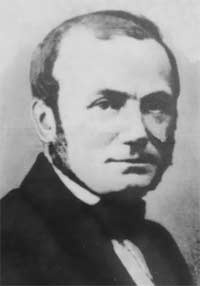
Isidore Geoffroy Saint-Hilaire was a French zoologist and an authority on deviation from normal structure. In 1854 he coined the term éthologie (ethology).
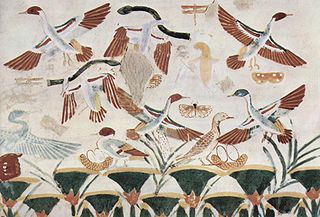
The following is a timeline of ornithology events:

Jean Baptiste Alphonse Déchauffour de Boisduval was a French lepidopterist, botanist, and physician.

René Primevère Lesson was a French surgeon, naturalist, ornithologist, and herpetologist.
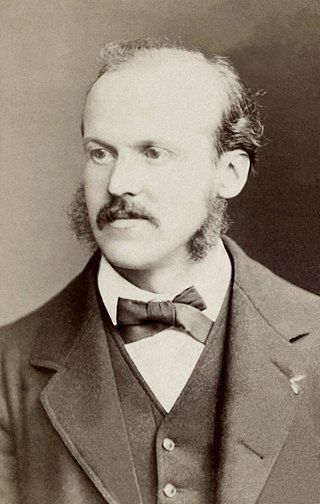
Alphonse Milne-Edwards was a French mammalogist, ornithologist, and carcinologist. He was English in origin, the son of Henri Milne-Edwards and grandson of Bryan Edwards, a Jamaican planter who settled at Bruges.
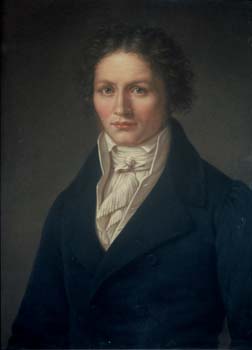
Johann Baptist Ritter von Spix was a German biologist. From his expedition to Brazil, he brought to Germany a large variety of specimens of plants, insects, mammals, birds, amphibians and fish. They constitute an important basis for today's National Zoological Collection in Munich. Numerous examples of his ethnographic collections, such as dance masks and the like, are now part of the collection of the Museum of Ethnography in Munich.

Guillaume-Antoine Olivier was a French entomologist and naturalist.

Auguste Henri André Duméril was a French zoologist. His father, André Marie Constant Duméril (1774–1860), was also a zoologist. In 1869 he was elected as a member of the Académie des sciences.

Pierre-Justin-Marie Macquart was a French entomologist specialising in the study of Diptera. He worked on world species as well as European and described many new species.
Entomology, the study of insects, progressed between 1800 and 1850, with the publication of important texts, definition of new orders such as Aphaniptera and Strepsiptera, and the shift to specialization. The following timeline indicates significant events in entomology in this time period.

The African pygmy goose is a perching duck from sub-Saharan Africa. It is the smallest of Africa's waterfowl, and one of the smallest in the world.

The cut-throat finch is a common species of estrildid finch found throughout Africa; it is also known as the bearded finch, the ribbon finch, the cut throat, and the weaver finch.

Victor Fatio, was a Swiss zoologist. He was a bird conservationist, noting the value of birds in pest control in agriculture. He was involved in organizing the first anti-phylloxera congress in Lauxanne in 1877.

The helmeted pygmy tyrant is a species of bird in the family Tyrannidae. It is found in Brazil, Colombia, French Guiana, Guyana, Peru, Suriname, and Venezuela. Its natural habitats are subtropical or tropical moist lowland forests and heavily degraded former forest.

Pierre-Joseph van Beneden FRS FRSE FGS FZS was a Belgian zoologist and paleontologist.
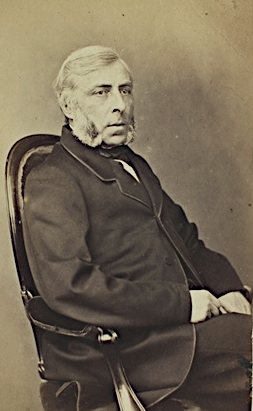
Gaspard Auguste Brullé was a French entomologist.

Lepidopterology is a branch of entomology concerning the scientific study of moths and the two superfamilies of butterflies. Someone who studies in this field is a lepidopterist or, archaically, an aurelian.
A summary of 1819 in birding and ornithology.

Birds described in 1853 include white-thighed swallow, black oropendola, black-breasted barbet, butterfly coquette, carunculated caracara, Fraser's eagle-owl, oriole whistler, ornate flycatcher, Philippine megapode, three-wattled bellbird, yellow-breasted racket-tail
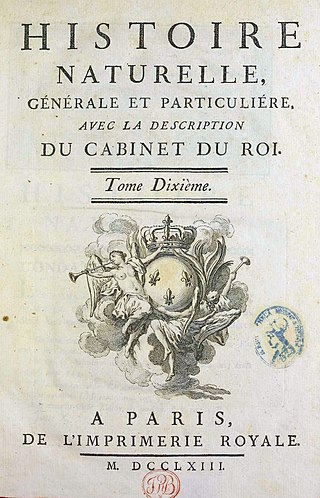
The Histoire Naturelle, générale et particulière, avec la description du Cabinet du Roi is an encyclopaedic collection of 36 large (quarto) volumes written between 1749–1804, initially by the Comte de Buffon, and continued in eight more volumes after his death by his colleagues, led by Bernard Germain de Lacépède. The books cover what was known of the "natural sciences" at the time, including what would now be called material science, physics, chemistry and technology as well as the natural history of animals.


















